Anticipation is an interesting word. On its own, it can be somewhat neutral adopting different characteristics based on the anticipator’s (to invent a term) state of mind. Anticipating an upcoming event anxiously is related to anticipating an upcoming event eagerly only by the existence of an upcoming event. Curiously, though, both anxiety and eagerness can disrupt one’s sleep. It certainly did for me. Wednesday morning was the last full day of our cruise. It was the day we would visit Monet’s home and garden in Giverny and it was the day we’d hear the world premiere of Wang Jie’s composition, so it was that I lifted the blanket and rose with eager anticipation just as the sun peeled off the cover of night.
But first Vernon, know what I mean?
We’d sailed overnight from Caudebec-en-Caux and docked in the commune of Vernon – a mere six kilometers from Giverny which, though close to the Seine seems to have no facilities for boats – at least for boats as large as ours. Before departing over land for Giverny we had the chance to walk about this charming town a bit. Come with me for a little show and tell.
The town is first mentioned in writing by Pepin the Short in the year 750 so it’s probably safe to conclude that the site has been settled for more than 1300 years. After disembarking our boat (double docked as it had been in Caudebec), the most prominent visible building was
the CollĂ©giale Notre-Dame de Vernon. Because the church isn’t the seat of a bishop and has no diocesan responsibilities, it’s not called a cathedral but is rather a collegiate church maintained by a college of canons (but it is yet another Notre-Dame).
Although Vernon is quite close to the southern border of La RĂ©gion Normandie, examples of the half-timbered buildings I first discussed in our stop in Rouen were prevalent and some of them were standing at unexpected angles.
Given its proximity to Giverny, Vernon has chosen to emphasize its association with the artists of the late nineteenth and early twentieth centuries by hanging reproductions from the lampposts thereby adding a layer of visual interest to the business district.
Before we move on to Monet and Giverny, I’d like to share one interesting tidbit from the Wikipedia page about Vernon. “The village gave its name to a family who took part in the Norman Conquest of England, and then became a British first name.” So, if there are any Vernons reading this, you now know at least a little something of the history of your name.
One aspect of the area we won’t have a chance to explore are the vineyards in and around Vernon and Giverny. You might find it surprising to learn that this area – with its wildly variable weather – has any vineyards at all. It is, most likely, the northernmost extreme of viticulture in France. Although it’s not a great wine center today, evidence of vineyards dates back to at least the year 800 and, as part of the Bassin Parisien, it was of great importance to Normandy’s early rulers for 250 years beginning around the year 1000.
Once Normandy became French around the year 1200 and ships from better known wine producing areas such as Bordeaux could easily sail along the Seine, this region, despite the wild variability of its vintages, still managed to continue as a major, if declining, wine producer until the beginning of the 18th century. As this observation from a letter from Charles VII (who you remember from his connections with Jeanne d’Arc) notes, “Vernon and this valley lies in a wine district and there is little other farming” showing that viticulture remained important here well into the 15th century.
As for the character of the wine, It’s captured by a 13th century writer’s poetic description as having, “a full and complete body, running like a squirrel in the forest, without any sour or rotten flavor. It has aged sur lie it’s dry and sharp, as clear as a sinner’s tear, lingering on the tongue. See how its froth disappears, how you can see it skip, twinkle and sparkle. Keep it a little on your tongue and you’ll feel its taste in your heart.”
Three main factors led to the decline of wine production in the area. The main one was heavy taxation that at times tripled the sales price. The second was the growing Norman taste for cider which was cheaper, lighter, less prone to turning sour, and far more abundant. And finally, the unpredictable Norman weather that yielded those wildly inconsistent vintages. Now let’s move on to Giverny.
Monet, Monet, Monet.
Late in his life, Monet could not have been described as the stereotypical “starving artist.” The satellite photo from Google maps below shows the impressive size of his estate.
Look toward the center of the photo between the two roads and you can discern the orderly rectangular paths of the Clos Normand (Norman Garden). Below that, across the Chemin de Roy, lies the Jardin d’Eau (Water Garden or Japanese Garden). Monet first rented the house in 1883 and immediately began cultivating the Clos Normand. He bought the land and the house in 1890 and added the land for the Jardin d’Eau in 1893.
Known in Roman times as Warnacum, there’s evidence of a human presence at Giverny dating from the neolithic age. The village church, which we’ll visit when I walk to Monet’s grave site in the afternoon, is a medieval Romanesque style building dedicated to Sainte-Radegonde. (There’s a small memorial next to the church displaying the propeller blade from a RAF bomber that crashed in a field just south of the town sometime during the night on 7 or 8 June. The RAF was likely targeting Seine River crossings in Vernon at the time. Vernon and Giverny were liberated in mid-August.)
Although more than half a million visitors venture to Monet’s house and gardens annually, the town’s population remains little changed from 1883 (up to about 500 from 350 or so) when Monet saw it from a train and decided to settle there.
Claude Monet was born in 1824 in Paris but his family moved to Le Havre when he was just five years old and he knew from an early age that he wanted to be an artist and not follow in his father’s footsteps operating a ship supply business. At 11, he enrolled in the Le Havre secondary school of the arts and he became known both locally and in Paris for his charcoal caricatures.
When he was 15 or 16, he met, as you recall, Éugene Boudin. Over time, Boudin convinced the young Monet to return to Honfleur and the surrounding beaches telling him, “Your caricatures are fun, but it’s not real art. I want to show you Honfleur; I want you to see the light.” Some believe that Boudin referred not only to Normandy’s rapidly changing skies but to Boudin’s desire for Monet to see the light by understanding that by ‘art’ he meant painting. Of course, it was Boudin who taught Monet to work ‘en plein air‘ and it was that work that became essential to Impressionism.
However, even by 1865, Monet was not quite the impressionistic beacon and touchstone he would become. In 1866, this painting of Camille Doncieux (hanging in the Kunsthalle in Bremen)
was accepted into the Salon. Camille, who became a frequent subject of Monet’s, married him in 1870 some three years after giving birth to their first child Jean. She contracted tuberculosis in 1876 and, after bearing a second son, Michel in 1878, died in September 1879.
In 1876, the department store magnate Ernest HoschedĂ© commissioned Monet to paint a series of panels and landscapes for his home at the ChĂ¢teau de Rottembourg. It’s likely that during this commission Claude and HoschedĂ©’s wife Alice began an extramarital affair that eventually led to the second marriage for both of them in 1892. Despite still being married to Ernest, Alice and her children had been living with Monet in Giverny from the time he first arrived in 1883.
Note: In keeping with my 2022-2023 reformation of the blog into shorter entries, backdated to maintain their sequence, any comments on this post might pertain to its new configuration. See the full explanation in the post Conventions and Conversions.
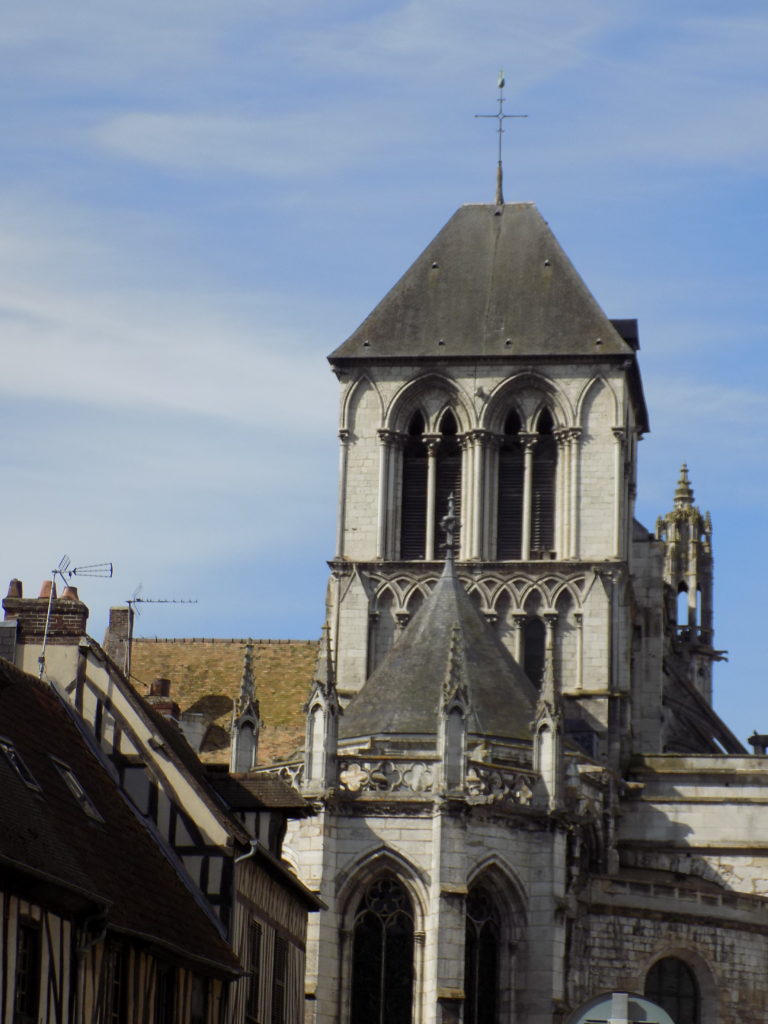
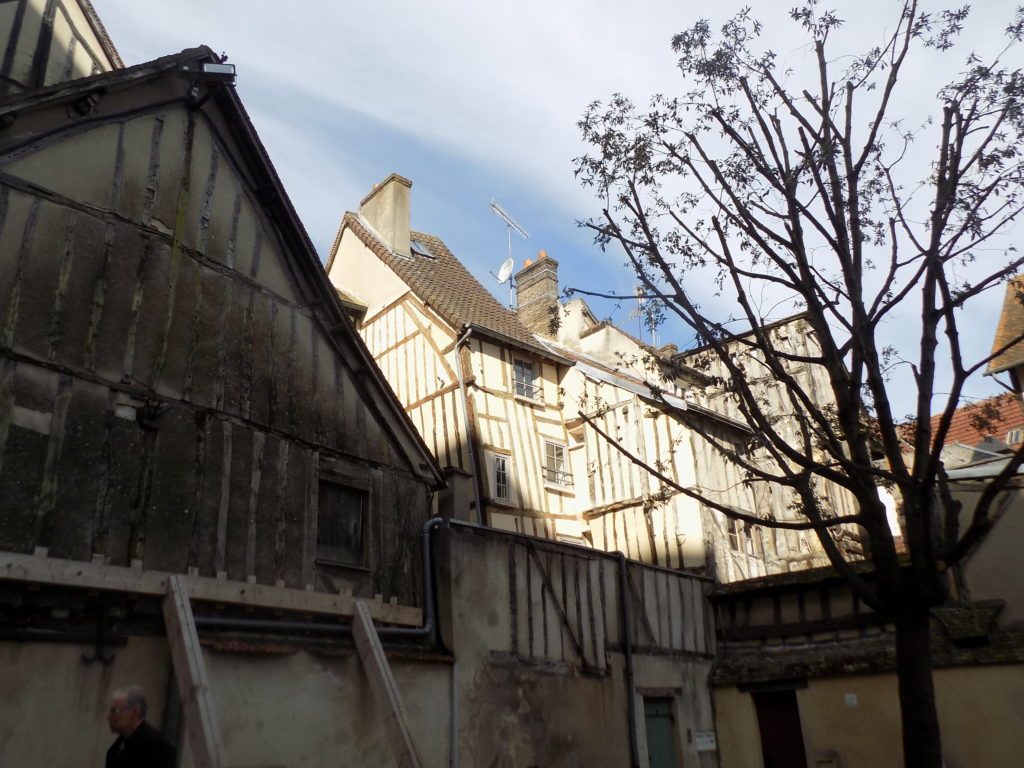
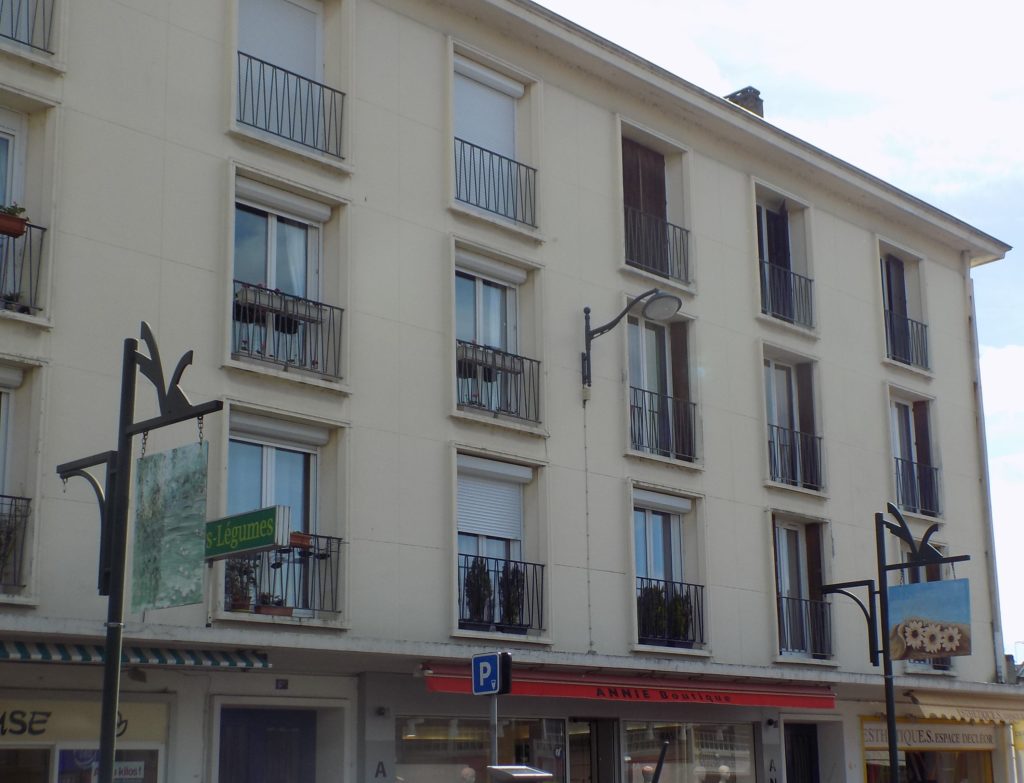
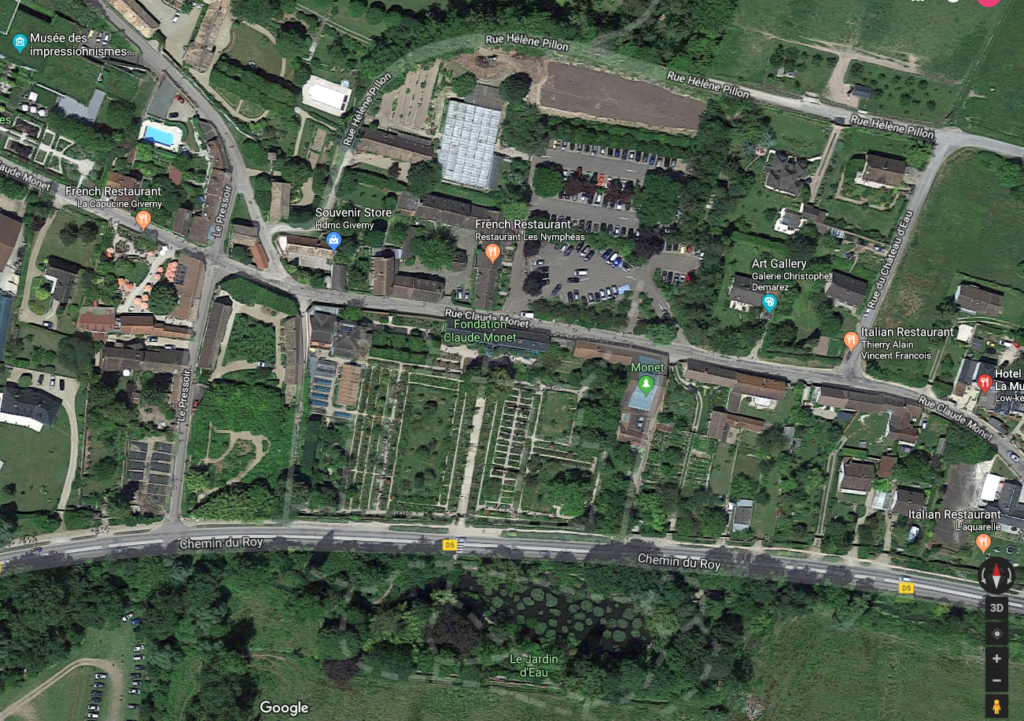
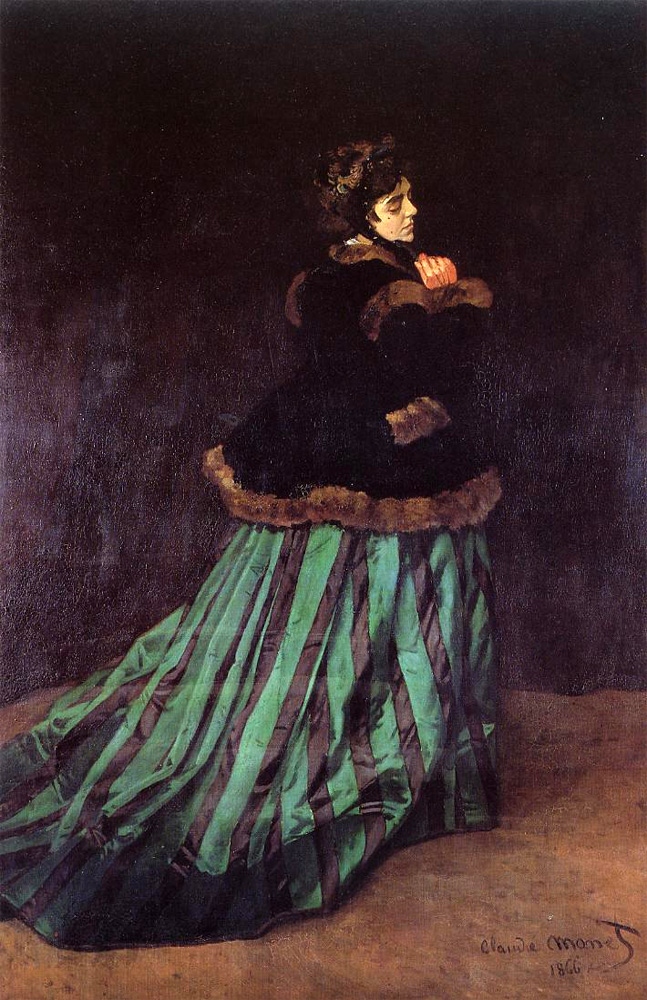
Hey Todd!!,
Getting acclimated here in CA.During some leisure time decided to look at your beautiful rendition of your visit to Monet’s Giverny area.Beautiful!! Take Care, Val and Vic
Hope all is going well in your new digs!